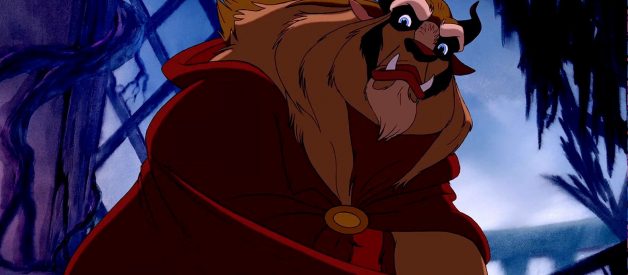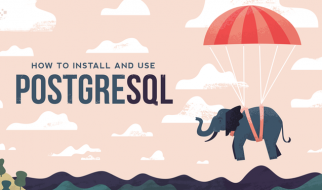
Beauty and the Beast is a reverse fairy-tale: instead of the prince saving the princess, the princess saves the prince. The Beast?s inner journey is an interesting one, so I?ll outline it here.
Main theme: inner beauty vs outer beauty
In the prologue, and old woman comes to the door of the prince?s castle asking for shelter, and he turns her away because he?s repulsed by her ugly appearance. She transforms into a beautiful enchantress, and curses him.
The prince is too focused on outer beauty ? he rejects the hideous old woman, because he fails to see beneath her ugly exterior. And how does she curse him for his failing? A punishment that perfectly fits the crime: a horribly ugly exterior.
His quest: earn love with your inner beauty. Up until this point in his life, the prince?s physical attractiveness has gotten him everything his heart desires, and he hasn?t had to cultivate inner virtue. Now he will have to figure out how to become inwardly beautiful, or forever be cursed.
Ok, so we?re then introduced to Belle Her name is french for beauty, appropriately.
(Side note ? When Belle reads her favorite story ? Which seems to be Cinderella ? she says:
?Oh, isn?t this amazing? It?s my favorite part because you?ll see Here?s where she meets Prince Charming But she won?t discover that it?s him ?til chapter three!?
the story exactly parallels her own story. She meets ?Prince Charming? in the form of the Beast, but she doesn?t discover that it?s ?him? ? meaning her ?Prince Charming? ? until chapter three of the movie. Awesome!)
We?re also introduced to Gaston. Gaston is vital to understanding the journey of the Beast.
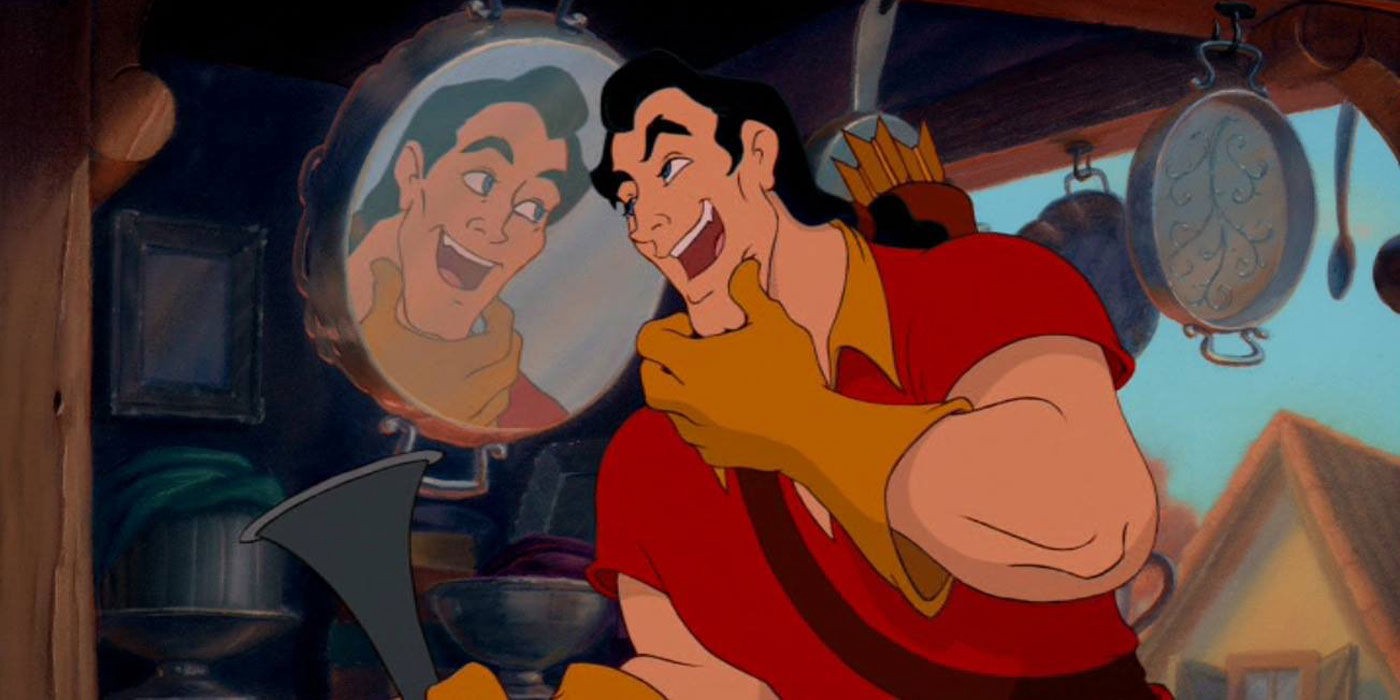
Gaston?s a strong, attractive hometown boy who plans on marrying Belle. He claims: ?She?s the most beautiful girl in town. That makes her the best!?
See what the storytellers did there?
Gaston is the prince before he was transformed into the beast. He?s completely obsessed with outer beauty. Not with Belle, but with beauty as a concept ? He?s obsessed with her beauty, but he?s also obsessed with his own beauty, checking himself out in mirrors, singing about his physical attributes, etc.
He?s the embodiment of everything shallow and image-obsessed. The people of his village get caught up in his obsession, and think he?s the best, because he looks the best.
Belle? She may be physically beautiful, but she acts oddly. She?s got a goofy father. She reads books and thinks ? a ?dangerous pastime?. She doesn?t look like what the people of her village expect, so they dismiss her as beautiful, but odd. What the village wants is someone who is beautiful and shallow. Someone like Gaston.
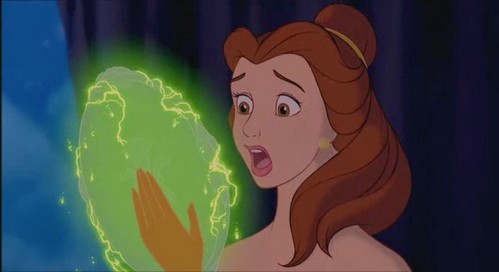
The story goes on, and Belle ends up being abducted and falling in love with the Beast. He starts developing inner beauty, and she starts to fall for him. But then she learns that her father is in danger, and wishes to leave. This is a pivotal moment for the Beast: will he release her?
He chooses to let her go.
If you look at this decision more closely, it is exactly the inverse of the decision that the prince made in the prologue ? in the prologue, the prince refuses to allow the embodiment of physical ugliness into his castle. When Belle comes to live at the castle, he?s refusing to let the embodiment physical beauty leave the castle.
He?s being challenged. Does he let Belle suffer, because of his obsession with regaining his physical beauty? It?s exactly the same dilemma he faced in the prologue ? Is being outwardly beautiful more important than the suffering of another human?
By choosing to let her go, the Beast is letting go of the importance he places on physical beauty. Not only is he letting go of the most beautiful person he?s ever seen (and literally letting go of ?beauty?, the meaning of her name), but also letting go of his own chance of ever being outwardly beautiful again.
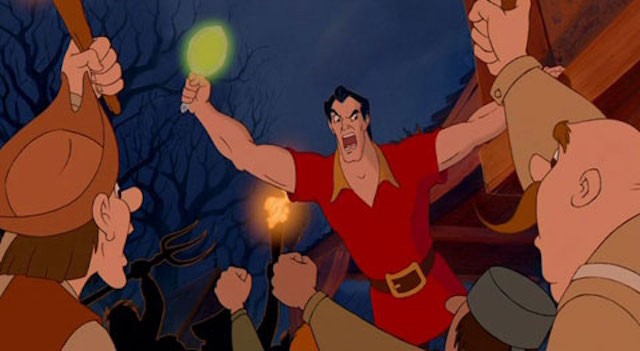
Back at the village, Gaston learns that Belle has feelings for the Beast, and is enraged. The fact that be can see the image of the Beast in the mirror is important here ? the Beast isn?t beautiful at all! What does he have that Gaston doesn?t? It?s impossible for the incredibly shallow Gaston to understand. He shows the ugly, terrifying image of the beast to the townspeople, and they make the same assumption that he does: something that ugly can?t possibly be good.
They?re all making the same mistake that the Beast did when he was faced with the ugly old lady: something that ugly can?t possibly be good. They?re still caught up in the same mistake that the Beast made in the prologue.
Gaston raids the castle with the help of the village people (who make the same mistake as the prince did: mistaking Gaston?s physical beauty for virtue), and he dies is the attempt, killed by the Beast.
When the Beast released Belle, he chose to release his obsession with physical beauty ? now he figuratively kills his old, beauty obsessed self ? Gaston is the Beast as he was, and that old self dies with Gaston.
Belle confesses her love ? not for the Beast?s physical attributes, but for his inner beauty, and he?s transformed.
Key point: he?s already been transformed inwardly ? changing from the shallow, image-obsessed monster, to a kind, virtuous being ? and this is made literal in his outer transformation.
So, what?s the story really about? On the surface, it is about Belle and the Beast. The plot follows their story.
But if you look beneath the surface, if you dare to not take the story at face value, you?ll find the inner beauty of the story:
It?s not a story about Belle and the Beast.
It?s a story about Beauty and the Beast.
Stray thought: The Beast?s subjects are transforming ? losing their humanity and becoming objects. This makes literal the Beast?s view of the world: people are objects to be evaluated based on their outside appearance. The people around the Beast are literally being objectified.
Stray thought: LaFou says ?No beast alive stands a chance against you. And no girl for that matter.? The story proves he was wrong on both counts.
Revision (03/16/2020): Some clarifications and edits.
Revision (08/17/2020): Added some stray thoughts
